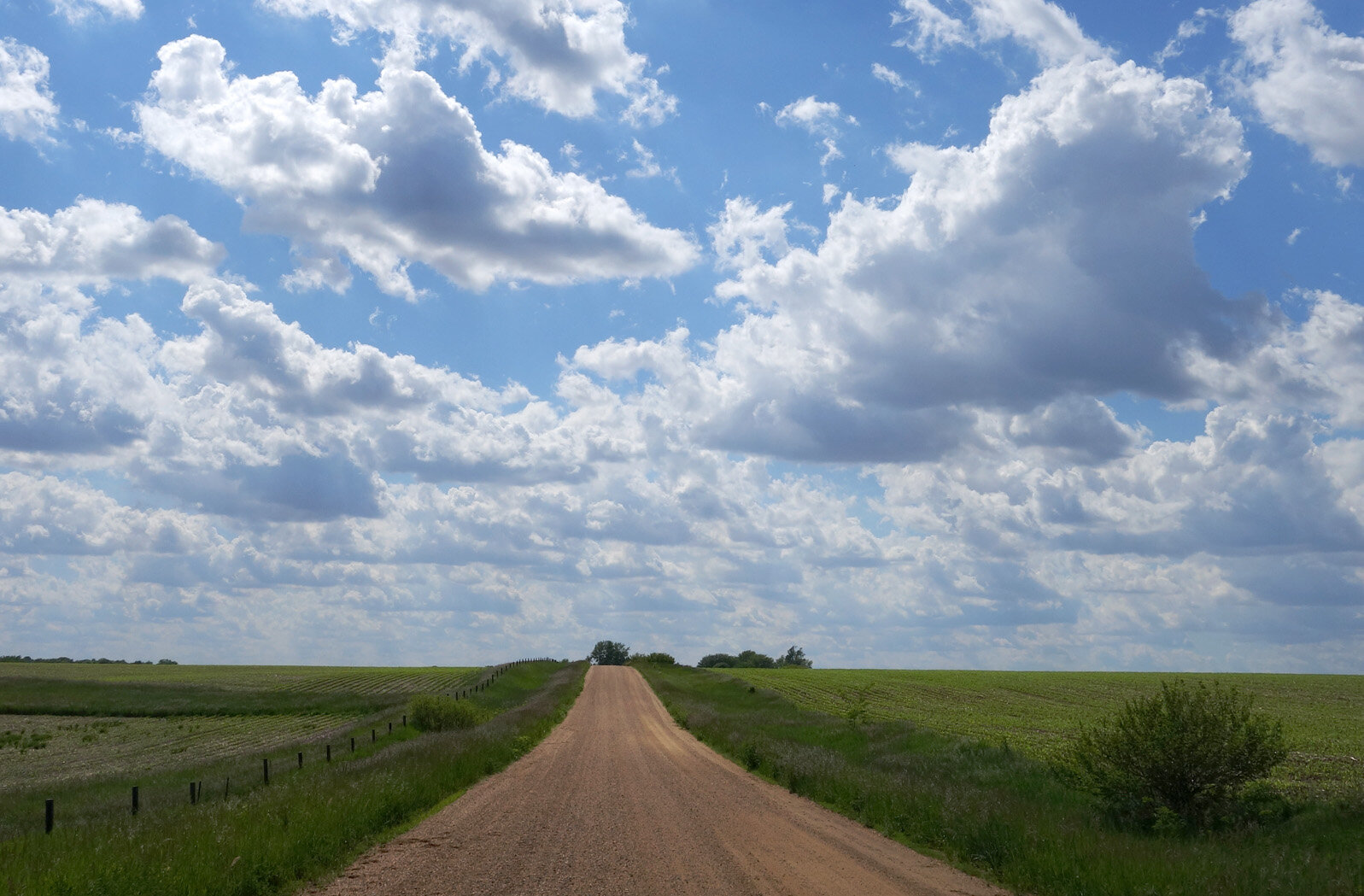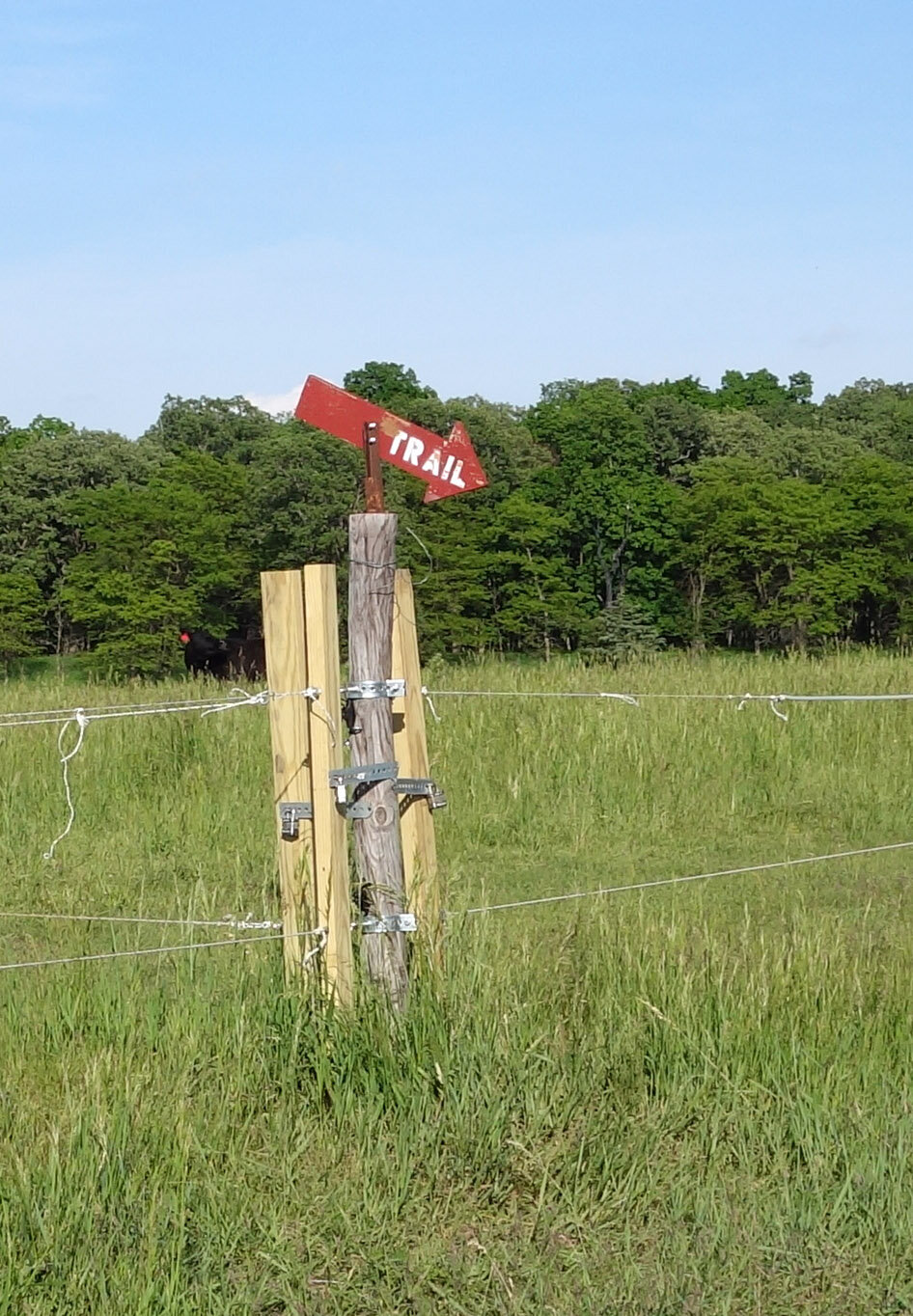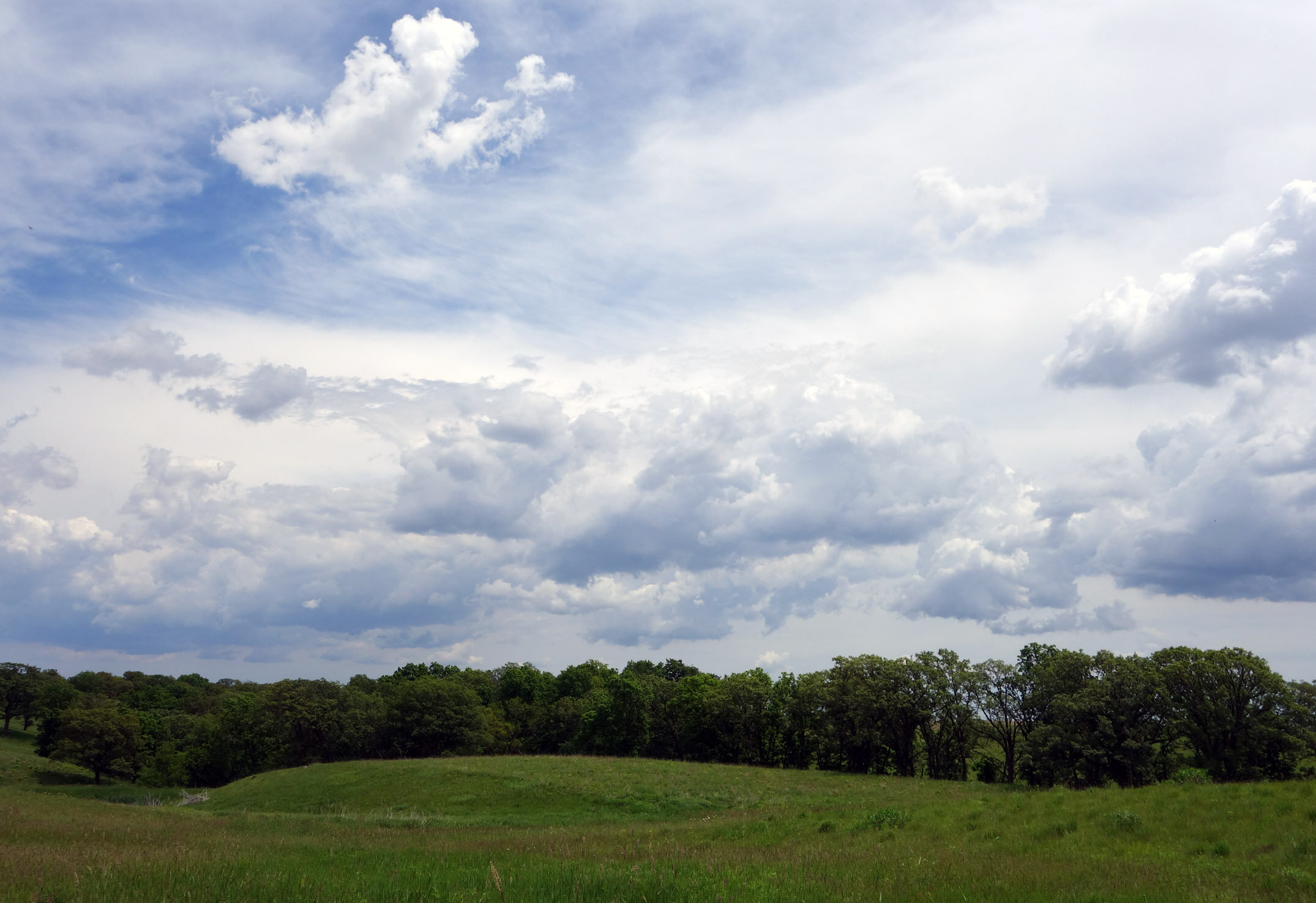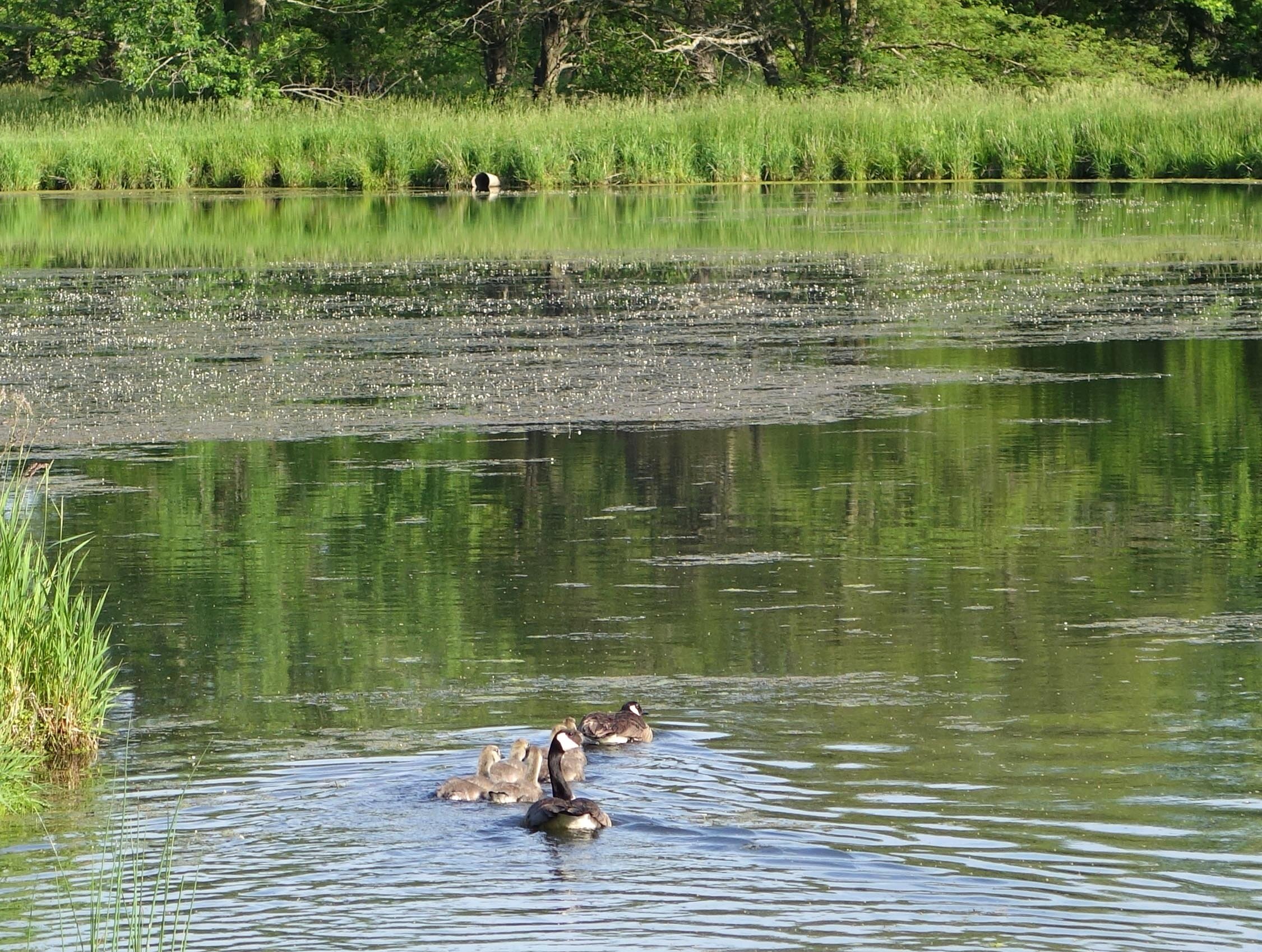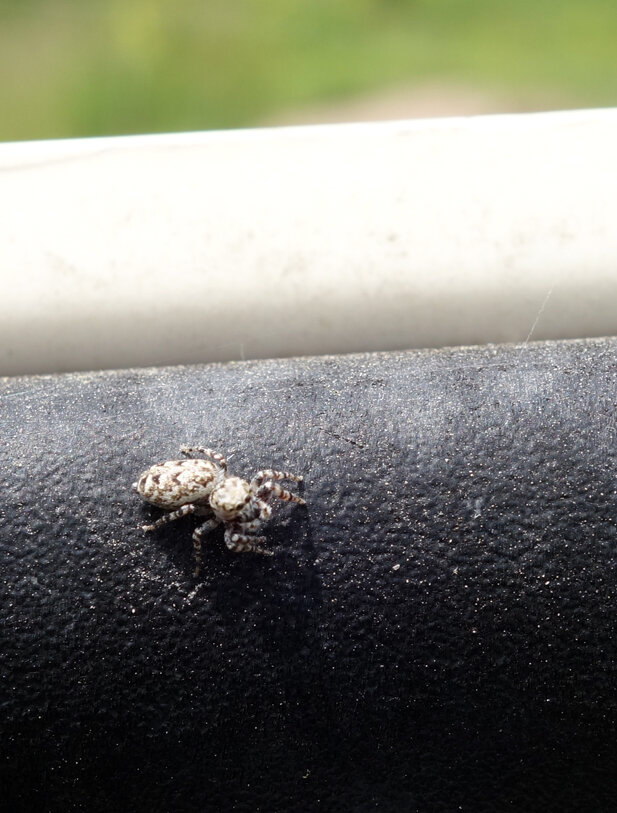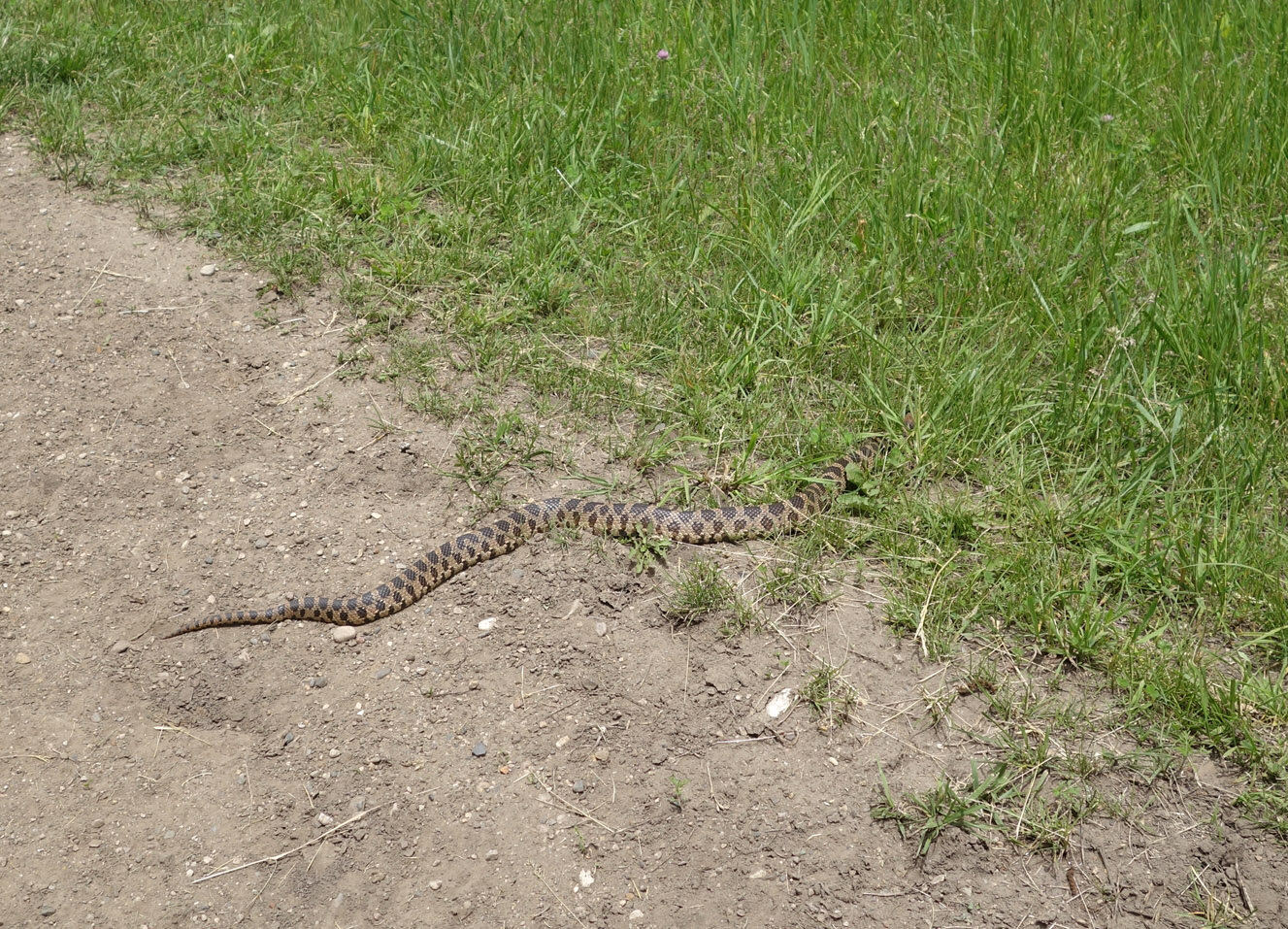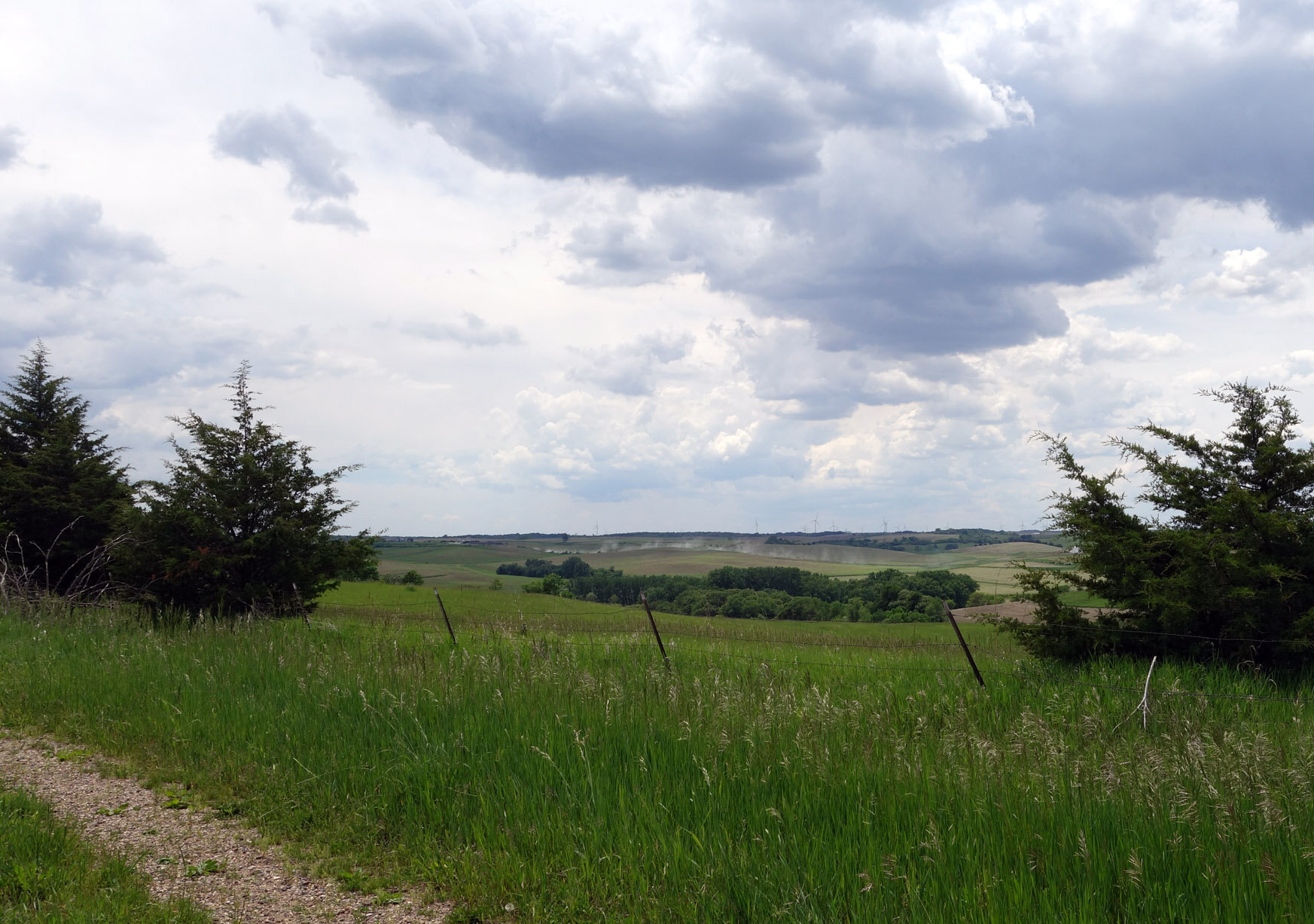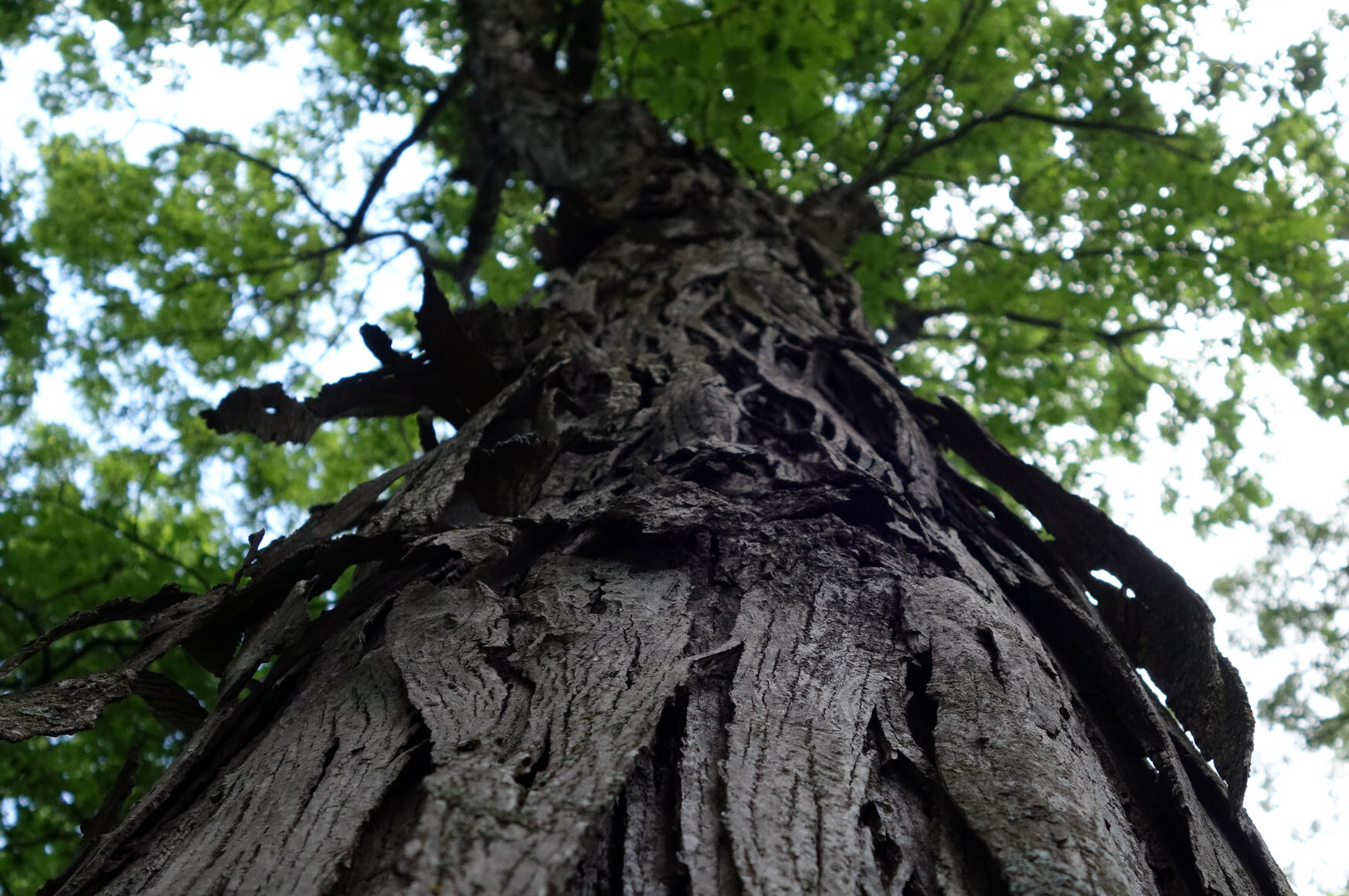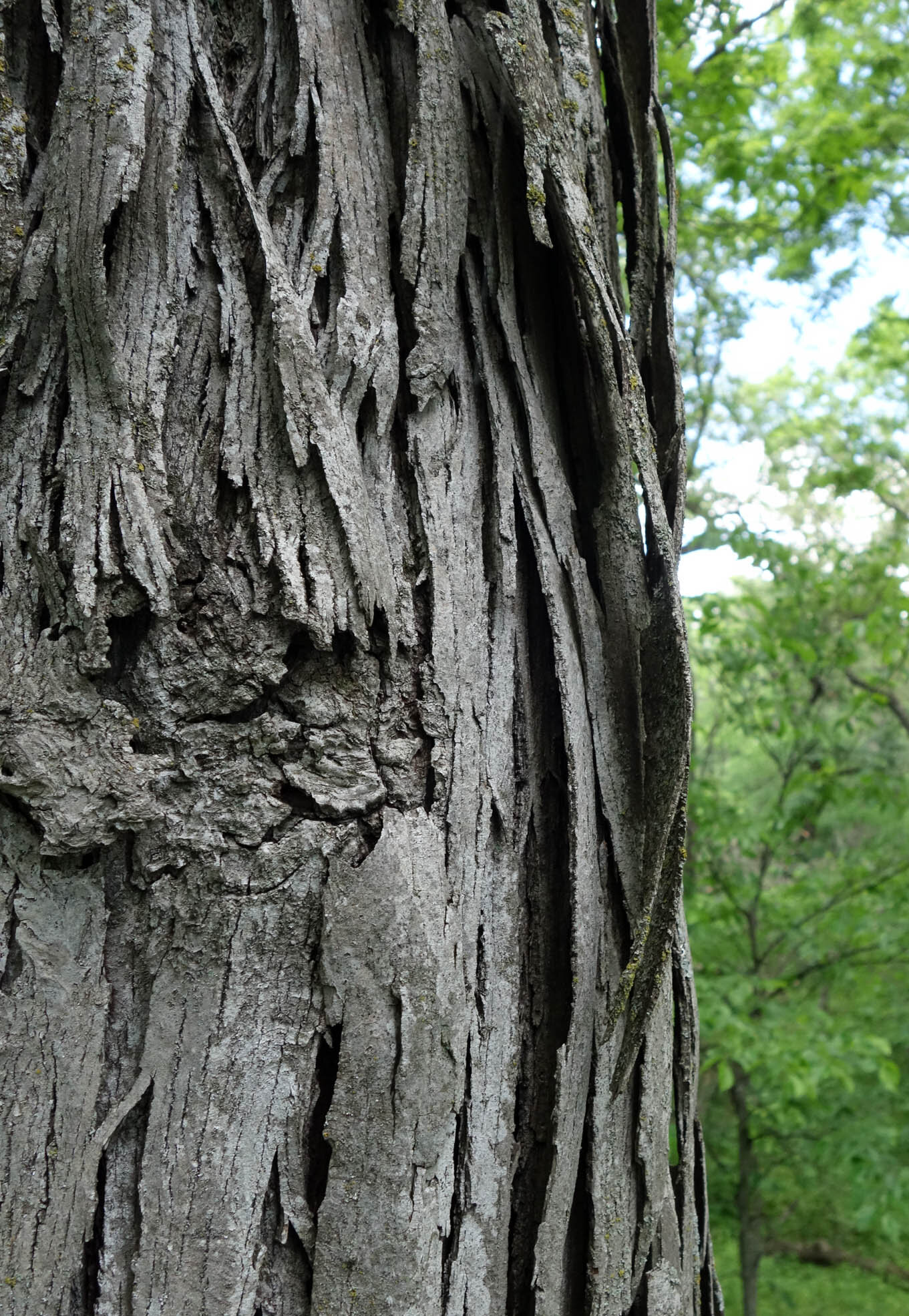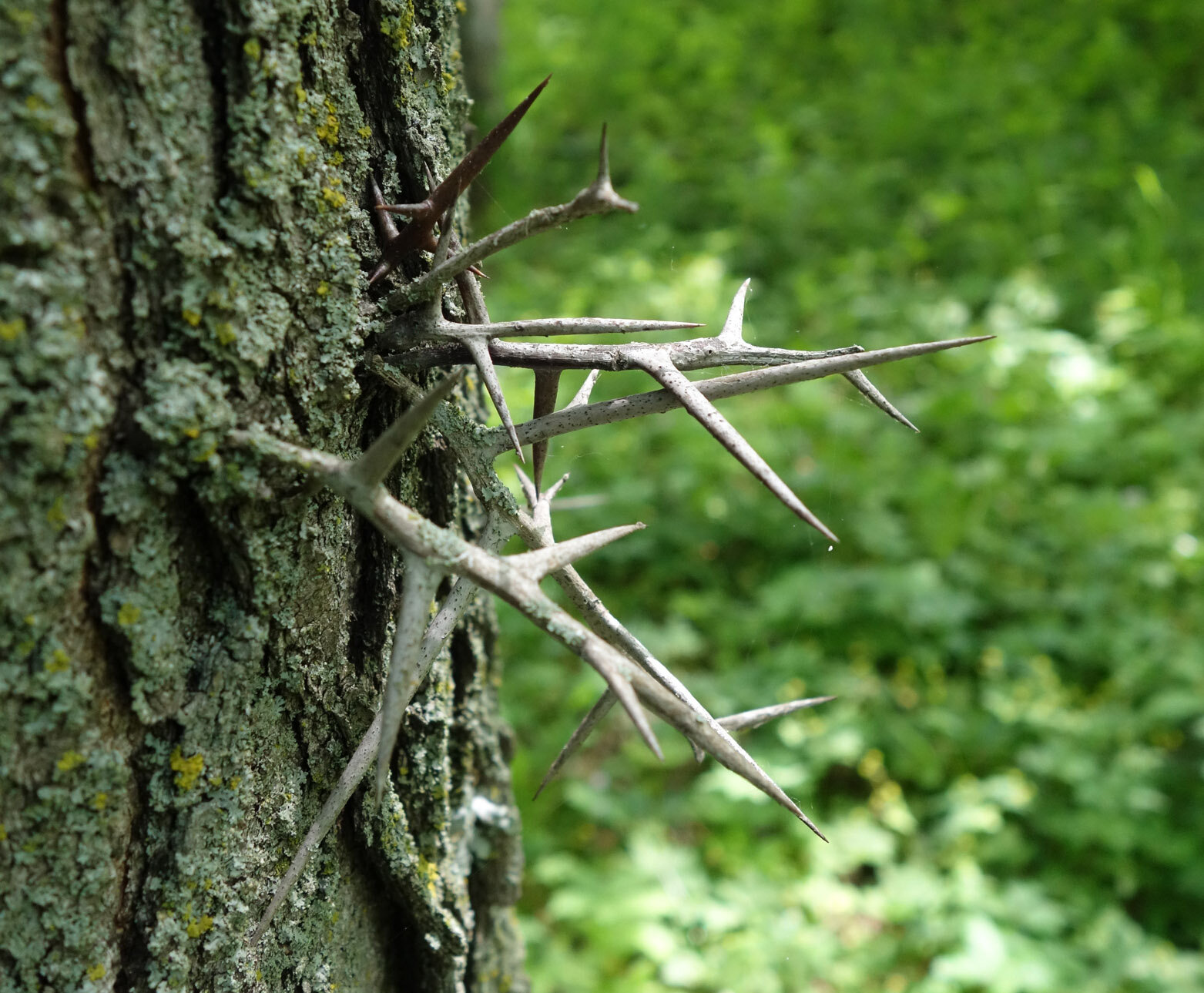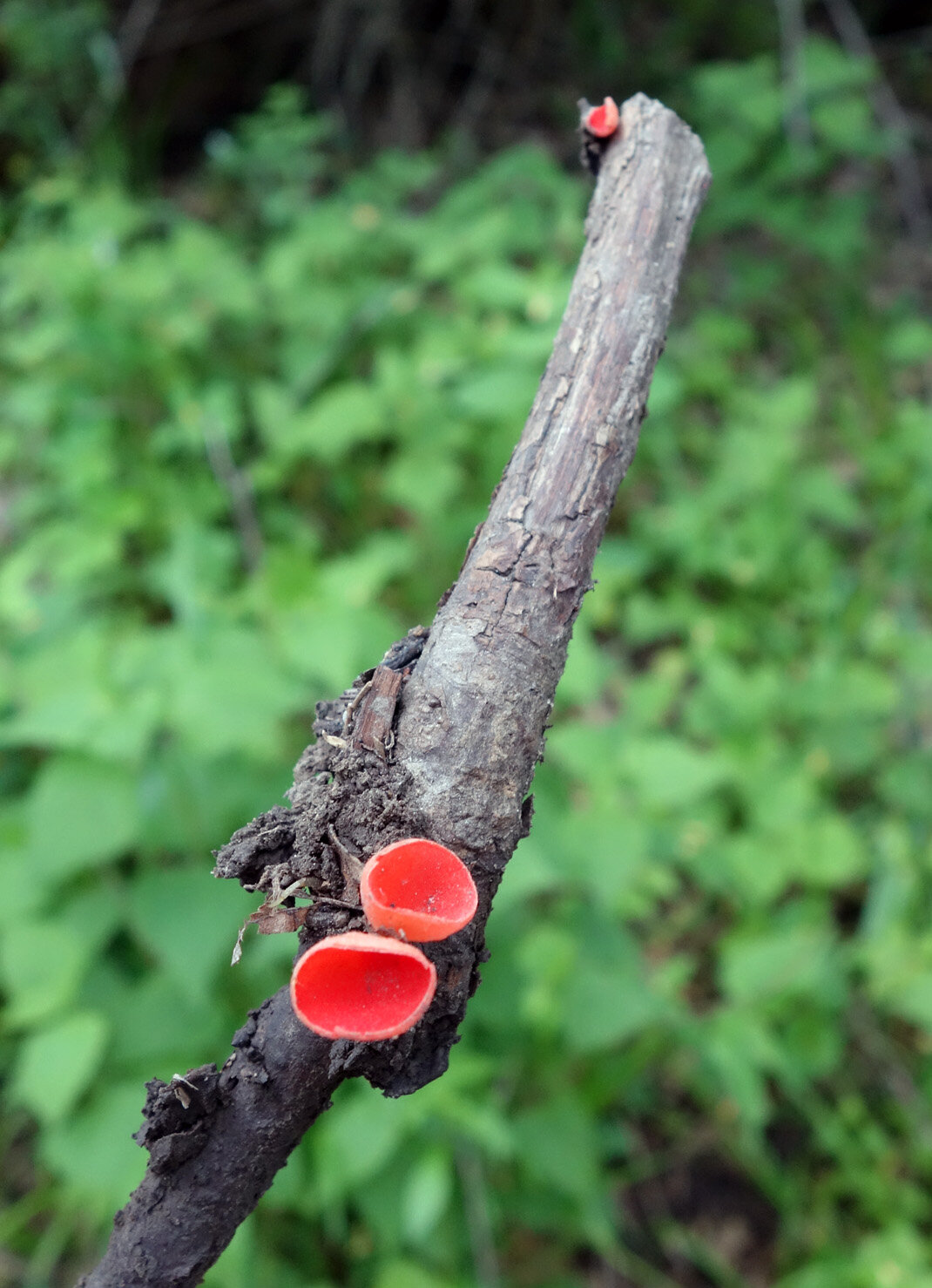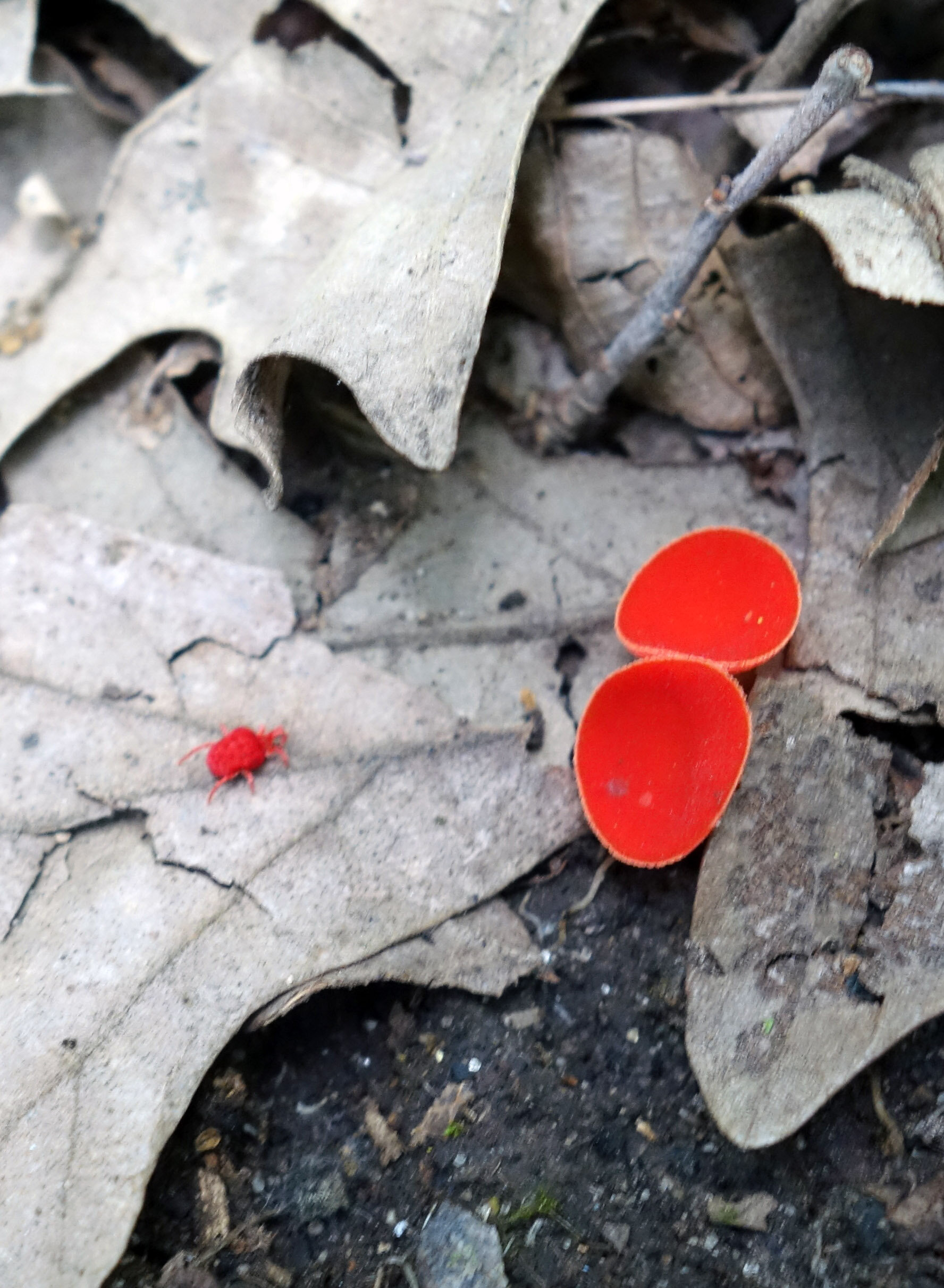On my first day here, I unloaded my car which I had packed with art supplies, groceries, my bicycle, and a small suitcase. I’m staying at the River House, which is a very nice three-story house filled with art and books. I then headed over to Liz Garst’s house - she is the founder of the Whiterock Conservancy - and spoke with her and a couple members of her family for a while before heading back to the River House and testing out the Gator UTV.
The second day I met two of the groundskeepers here, and one - Amanda - took me on a small tour of the prairie loop, the abandoned log cabin and turtle pond loops, and discussed with me some ideas on good pigmentation and animal sighting opportunities. I shared with her that I have had a deep desire to see a wild tree frog for the past few months, and she replied that she sees them occasionally and will keep an eye out. I also rode my bicycle on the main trail loop that goes down through the campground and out past the turtle ponds, and met a couple of very nice women camping on the way! I spotted a number of turtles from afar as well as some frogs, geese, and dragonflies. I also harvested some plants and soil samples with the intent of doing some new chromatography artwork. In the evening, two of my friends joined me as my guests for about a week of my two-week residency!
On the third day, my friends and I ate breakfast together and then took the Gator UTV out for a spin, and I taught one of them how to use it. Then I biked the turtle pond section while they Gatored it, and we met at the top of the hill and hiked the Bluebell Trail together. It took us about 4 hours to get back to the UTV, but that was at a very leisurely pace and we collected a lot of chromatography material along the route! On the way back home, I passed Amanda and stopped to say hello; she remarked that she had seen a tree frog as well as a toad about five minutes previously near a tree and pointed it out. I hopped off my bike and went to search the radius, and I miraculously found the tree frog! He even held really still on the branch he was on while I took him out of the brush and permitted a decent amount of photos before he got froggy on me. That evening we were all invited to cocktails at Liz’s house where she shared more about Whiterock’s mission of conservation and sustainable agriculture as well as her family history - including a visit from Soviet Union premier Nikita Khrushchev during the Cold War to learn about hybrid corn from her grandfather!
